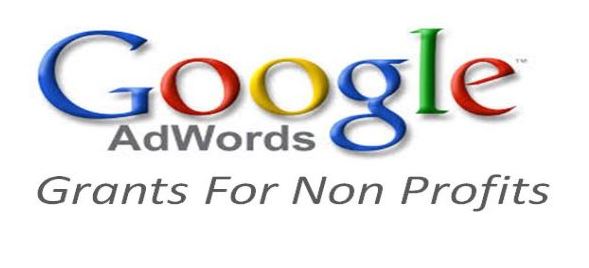
Are you a non-profit organization that complies with Google’s grant minimum requirement for your country? Then this post could be of great interest for you.
Google is currently offering up to $10,000 per month in free advertising credits!
What are the requirements to take advantage of Google Grants?
- Hold a valid charity status for your country
- Have a website that promotes your organization
- Do not use revenue generating advertisements on your website, such as the ones from Google AdSense
Google does not offer grants for governmental entities and organizations, hospital and medical groups, school, childcare centers, academic institutions, and universities.
Once you get awarded the monthly grant, how can you maintain it?
- You should link to only one non-profit URL which is the one you will be using in your application
- Your max CPC bid should be $2
- You need to log in the account at least once every 30 days
- Advertise only on Google.com
- Use only keyword targeted campaigns
- Run only text advertisements. No banners or display network advertisements are allowed!
- 100% of the sales of your website should support the charity program
- Your daily budget should not exceed US $329
What is the best way to set up a grant campaign and boost traffic?
First of all, keep in mind that free traffic does not mean that you can set up an account without following Google AdWords’ best practices. Following the best practices will help you to get only quality traffic to your website and reduce the amount of traffic that will not turn out to be useful for your charity program.
Here are the main steps for a successful campaign creation:
- Perform a keyword research for all topics that might be relevant for your charity program
- Group similar keywords into categories / topics
- Make sure to create a list of negative keywords while searching for keywords. A negative keyword is a term or an expression that you do not want to show up for and by adding negative keywords, you will save money that you would otherwise spent on unwanted clicks
- Once you have your keywords organized in groups, search for new keywords for each of the groups. Simply copy and paste the keywords of a group in the keyword tool and as a result you will generate some precious long tail keywords. Long tail keywords are keywords that contain three words or more and are therefore most likely to convert.
- Set up all your positive keywords in the broad match modifier match type. This method will guarantee both reach-ability and targeting precision. In case you are not familiar with the term broad match modifier, just put a plus sign before each word of the keyword. For instance, if your keyword is donate to animal shelter you want to change that to +donate +to +animal +shelter when you add the keyword to your campaign (next to each other as one keyword, not below each other as several keywords).
- Optimize the campaign on a weekly basis looking at your search query report. Specifically, add negative keywords when a term is not matching your goals and add a phrase match keyword every time a term is showing up often and is generating a good CTR. You can access the search query report by going into the keyword tab of your campaign and clicking on “details” and then “all”. Make sure to select the right date range on the top right corner.



